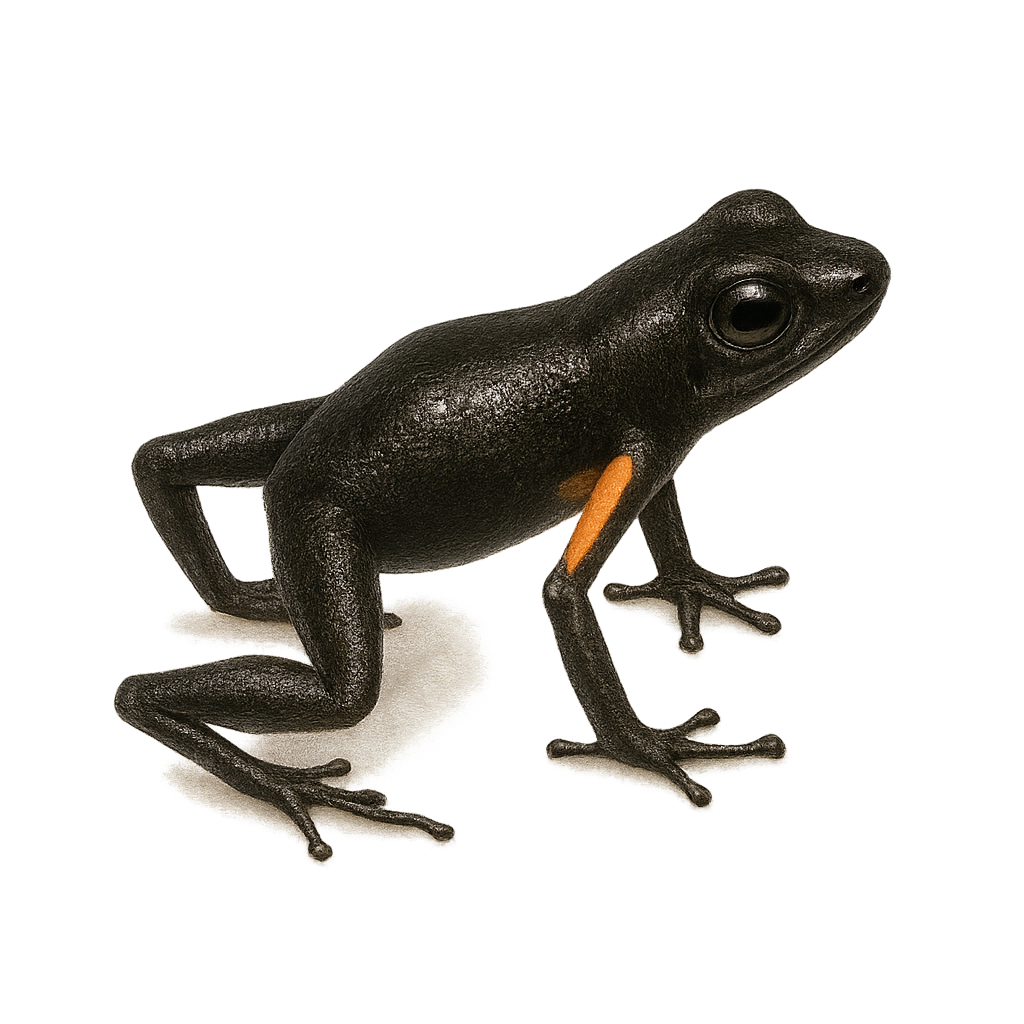Your wildlife photography guide.
Explore the collins' poison frog in detail, study its behavior, prepare your shots.
Where to observe and photograph the collins' poison frog in the wild
Learn where and when to spot the collins' poison frog in the wild, how to identify the species based on distinctive features, and what natural environments it inhabits. The WildlifePhotographer app offers tailored photography tips that reflect the collins' poison frog’s behavior, helping you capture better wildlife images. Explore the full species profile for key information including description, habitat, active periods, and approach techniques.
Collins’ poison frog
Scientific name: Andinobates abditus

IUCN Status: Vulnerable
Family: DENDROBATIDAE
Group: Amphibians
Sensitivity to human approach: Suspicious
Minimum approach distance: 2 m
Reproduction period: February to March
Incubation: 10–14 jours
Births: March to April
Habitat:
humid tropical forests, leaf litter
Activity period :
Primarily active during the day, with peak activity in the morning and late afternoon.
Identification and description:
Andinobates abditus is a small, brightly colored frog belonging to the Dendrobatidae family. Native to the humid tropical forests of Ecuador, this species is known for its vivid colors that serve as a warning to potential predators. It typically measures between 1.5 and 2 cm in length. Like many frogs in this family, it possesses potent skin toxins. These frogs are primarily terrestrial and are often found in leaf litter. They are diurnal and primarily feed on small insects. Their reproduction involves parental care, where males carry tadpoles on their backs to water bodies. This species is currently classified as vulnerable due to habitat loss.
Recommended lens:
Macro – adjust based on distance, desired framing (portrait or habitat), and approach conditions.
Photography tips:
To photograph Andinobates abditus, it is recommended to use a macro lens to capture the details of its bright colors. Approach slowly to avoid scaring it, as it is suspicious. Look for it in the leaf litter of humid tropical forests. Natural daylight is ideal to bring out its vivid colors. Use a tripod to stabilize your camera and get sharp images. Be patient and wait for it to move to capture interesting poses.
The WildlifePhotographer App is coming soon!
Be the first to explore the best nature spots, track rutting seasons, log your observations, and observe more wildlife.
Already 1 432 wildlife lovers subscribed worldwide

